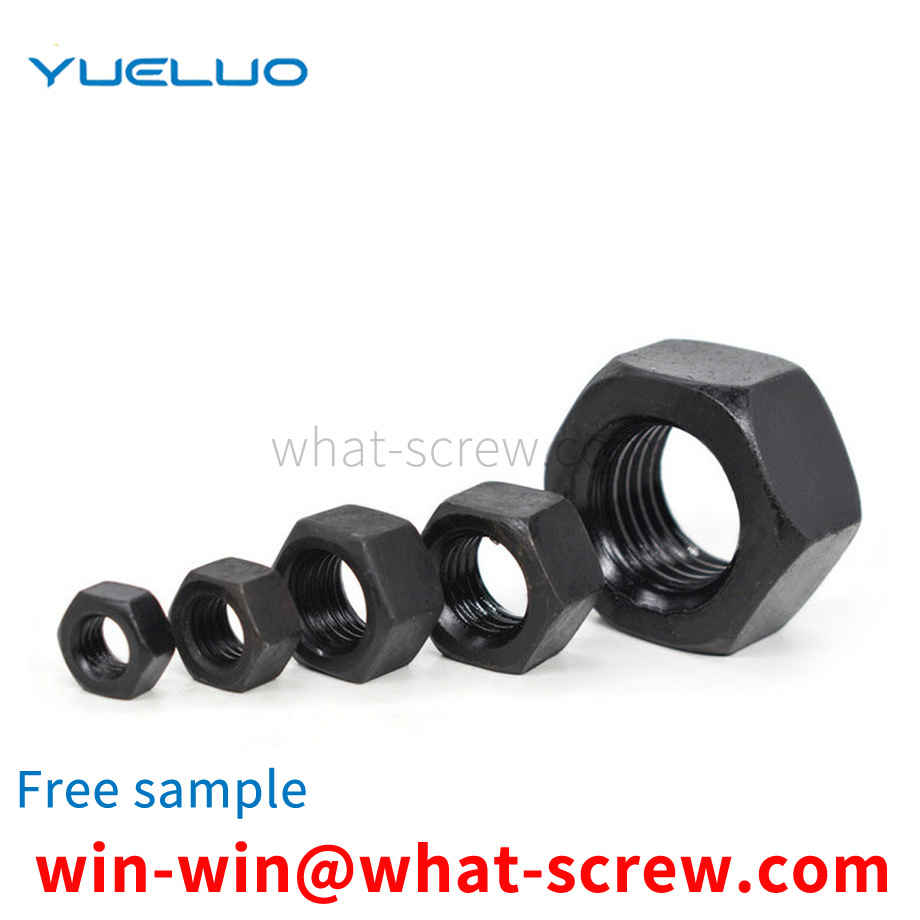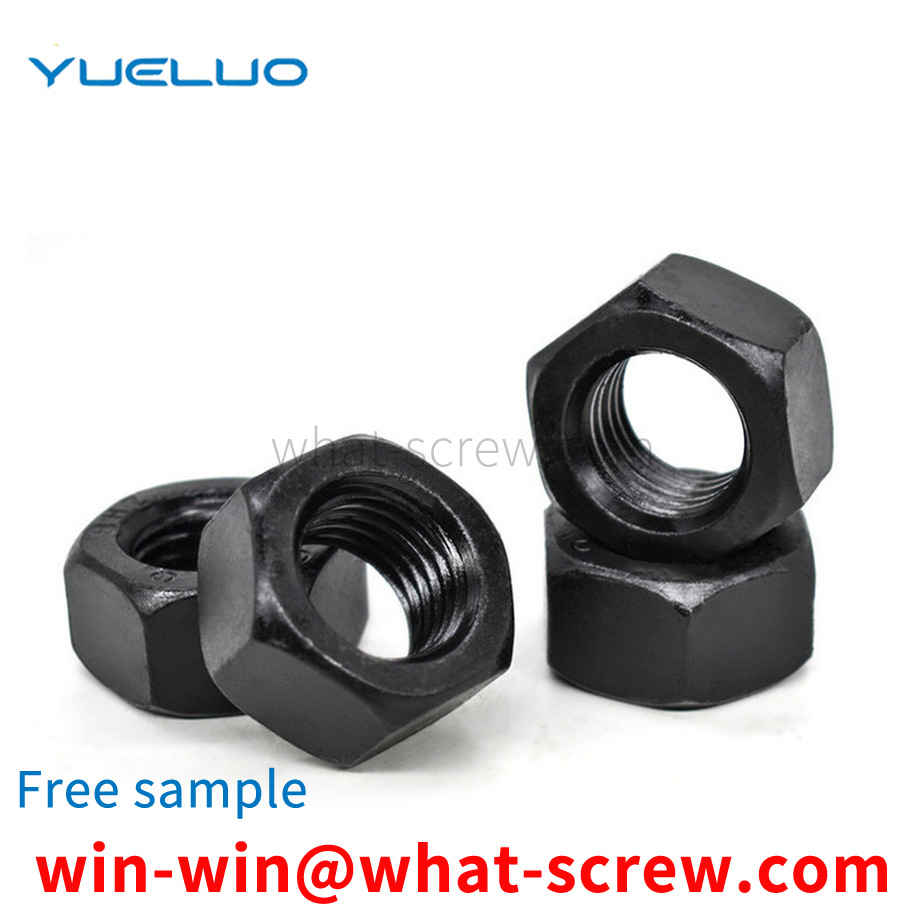(1) The screw-in performance test is to screw the self-tapping locking screw sample into the test plate until one complete thread completely passes the test without breaking. (2) The destructive torque test is to clamp the stem of the self-tapping locking screw specimen in a thread mold or other device that matches the screw thread, and uses a calibrated torque-measuring device to measure the screw. Torque is applied until fracture, which should not occur in the clamped threaded portion. (3) Carry out a tensile test on the screw sample to check the minimum tensile load for failure. The fracture should be within the length of the rod or the unthreaded thread, and should not occur at the junction of the nail head and the rod. Before the sample breaks, it should be It can reach the minimum tensile load specified by the corresponding performance class. (4) Hydrogen embrittlement is a problem that must be strictly paid attention to in the surface treatment process of self-tapping locking screws. In the pickling process, the screw is stirred in dilute hydrochloric acid, and the amount of hydrogen absorbed by the pickling steel increases linearly with the square root of time and reaches the saturation value. Less than 100%, a large number of hydrogen atoms will be produced, which will be attached to the surface of the screw, resulting in hydrogen infiltration, and the steel will become brittle due to the absorption of hydrogen. The self-tapping locking screw takes 6~8h to drive hydrogen, and the temperature is 160~200℃ (phosphating) and 200~240℃ (electroplating). However, in the production process, the hydrogen drive time should be determined according to many production conditions such as core hardness, surface roughness, electroplating time, coating thickness, pickling time, and acid concentration. It is best to do it before passivation and just after electroplating.
There are many types of T-bolts used with pre-embedded chutes, which are used for the connection of external components of pre-embedded chutes embedded in segments, U-beams, building concrete, etc. The fixing of the chute on the forming die. When producing segments and U-shaped beams, the embedded chute is fixed on the forming mold by T-bolts. During the concrete pouring process, the tightening nut is easily covered by concrete. In this way, the concrete on the fastening nut should be removed, but it is difficult to remove the concrete, which will cause inconvenience to the disassembly of the forming mold after the production of the segment and the U-shaped beam.
Existing bolt pairs usually include bolts, nuts and washers, and their specific structures and usage methods are traditionally known and common in life. They will not be described in detail here. You can find relevant bolt pairs by searching for bolt pairs on the Internet. Information picture, the structure of the ordinary bolt pair has basically no structural improvement since it was used as a fastener. The production requirements of ordinary bolt pairs are the basic material, structural strength, and accuracy requirements, while the tightening and anti-loosening requirements The requirements of the effect are basically to achieve the problem of tightening and anti-loosening by using elastic washers, anti-loosening washers or using double nuts.
Guangdong Yueluo Hardware Industry Co., Ltd. discloses a rivetless rivet, which includes a nail body and a mandrel, wherein one end of the nail body is provided with a nail body brim, and the nail body brim is provided with a nail body. A coaxial counterbore, the nail body is provided with a through hole coaxial with the nail body, the counterbore is communicated with the through hole and its diameter is larger than the diameter of the through hole, and one end of the mandrel is provided with a mandrel cap The other end is provided with a clamp head, and the end is provided with an elastic groove for retracting the clamp head inward or opening it outward. The clamping head on the core is clamped on the boss formed by the countersunk hole and the through hole. The above-mentioned rivet-free rivet is not only simple, compact and reasonable in structure; riveting is simple and does not require professional tools and equipment; and it is easy to disassemble after riveting, can be reused, has a wide range of applications, and is reliable and stable in connection.
Existing bolt and nut connections usually use threads for connection, and this connection method has two main drawbacks. First, tools are required to be used to lock it during installation, and it takes a long time to complete, which is time-consuming and labor-intensive; Second, the installed bolts and nuts are prone to loosening after a period of time, resulting in loosening and shaking between the connecting parts.
We have many years of experience in the production and sales of screws, nuts, flat washers, etc. The main products are: outer tongue stop gasket, top implosion screws, top explosion expansion bolts, round head screws and nuts and other products, we can provide you with products suitable for you fastener solutions.



















 Service Hotline
Service Hotline




